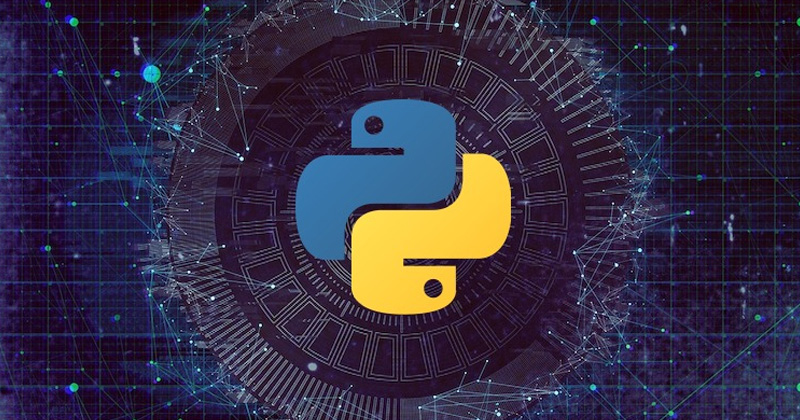
Python is an incredible, high-level, and versatile language used for several purposes. It is the most popular and recommended programming language in data science, Artificial Intelligence, web development, robotics, DevOps, mechanical engineering, and more.
We will take a closer look at some of the real-world use cases and what makes Python the language of choice across industries.
7 Reasons to Choose Python
Python is an ideal coding language used by most organizations including Google, Facebook, NASA, Netflix, and Spotify. It is easy to learn for those who are new to programming and coding. The ubiquity of Python can be attributed to these reasons as stated below.
Simple syntax: The syntax rules of Python is straightforward emphasizing code readability. The syntax defines all the rules set used to create sentences.
Thriving community: It is an open-source language with a large community supporting and developing the ecosystem.
Versatility: You can find a use for this language in web development, artificial intelligence, data visualization, or data science applications.
Multiple programming paradigms: Python supports functional and object-oriented programming. Also, its language features support functional and aspect-oriented programming. The programming patterns and language features help you to develop large and complex software applications.
Portable: Python code written for a Windows machine can also run on a Linux machine, Mac OS, and vice-versa without the necessity for code alterations.
Test-driven development: With Python, you can perform coding and test simultaneously by adopting test-driven development approach.
Extensive libraries: Python has libraries for threading, databases, image manipulation, documentation-generation, unit-testing, email, CGI, and more.
Moving forward, let’s understand some of the real-world applications of Python.
5 Real-world Applications of Python
Python is a versatile language and you can do a lot with it. The list of applications presented here is not exhaustive. There are other countless fields to work on. The following examples will serve as an inspiration for you.
Data science
Python is used by data scientists to predict outcomes, automate tasks, streamline processes, and derive insights. It offers several tools for data science work. A few of the most important libraries for data science task include:Libraries Uses Scrapy Data crawling programs BeautifulSoup Web crawling and data scraping PyTorch Deep learning tasks XGBoost Implement machine learning algorithms Bokeh Interactive and scalable visualizations Pydot Generate oriented and non-oriented graphs Artificial Intelligence (AI) and Machine Learning (ML)
AI and ML applications require a stable, secure, and flexible language to handle the unique requirements of projects. Python is equipped with tools as required and is the favorite of data science professionals. A few of them include:Python Packages Uses SciPy Advanced computing Pandas General-purpose data analysis Seaborn Data visualization NumPy Scientific computing and data analysis Keras, TensorFlow, SciKit-learn Machine learning Enterprise-level applications
Enterprise-level applications must integrate with legacy systems such as non-web apps or the existing databases. Python’s special features such as scalability, high-performance, and scalability enable businesses to develop fully functional and efficient applications. A few of the tools for business application development include:Tools Uses Odoo Enterprise management applications Tryton Build business applications Atoti Translate data into business KPIs Software development
Python is used by software developers to build, manage, and test during software development. A few of them include:Tools Uses SCons Control Apache Gump Automated continuous compilation and testing Roundup Project management Trac Track bugs Also, Python is primarily used for DevOps. It enables the team to improve their workflow and control most of the DevOps tools. Here are the most popular ones.
Libraries Uses Ansible Software provisioning, configuration management, application development Docker Compose Configure application services with a YAML file. Scientific computing
Scientists use Python’s libraries and tools for scientific computing. They include:Libraries Uses NumPy Mathematical functions, random number generators, linear algebra routines, SciPy science, mathematics, and engineering SimPy Simulate real-world systems Pandas Analytics library Natural Language Toolkit Mathematical and text analysis
Conclusion
Python can handle almost any requirement in development. Recently, it got more traction in the field of data science, machine learning in particular. If you are interested in learning data science applications using Python, check out data science certifications, which are very helpful to attain the latest industry exposure, knowledge and also offer the right kind of resources, which will enhance your skills and level up your career.
































